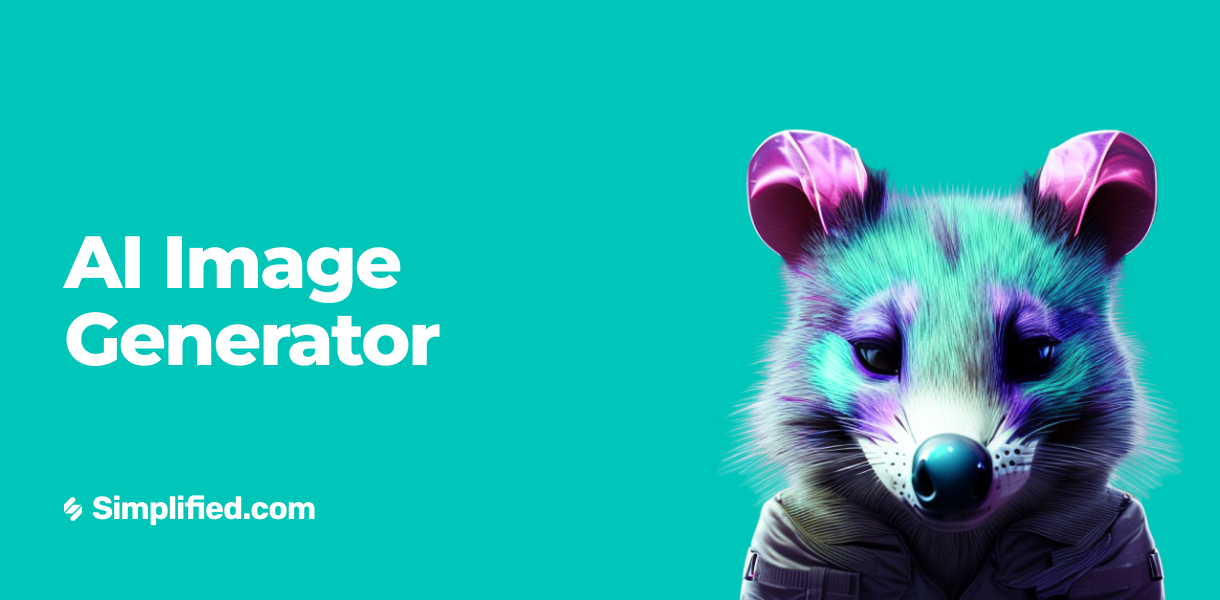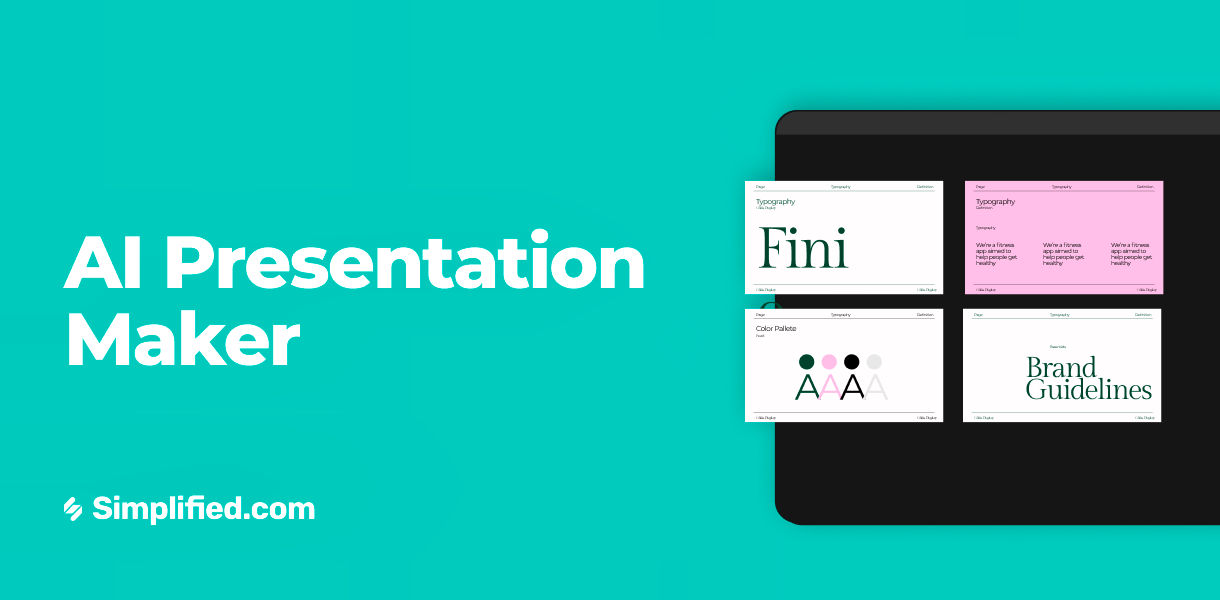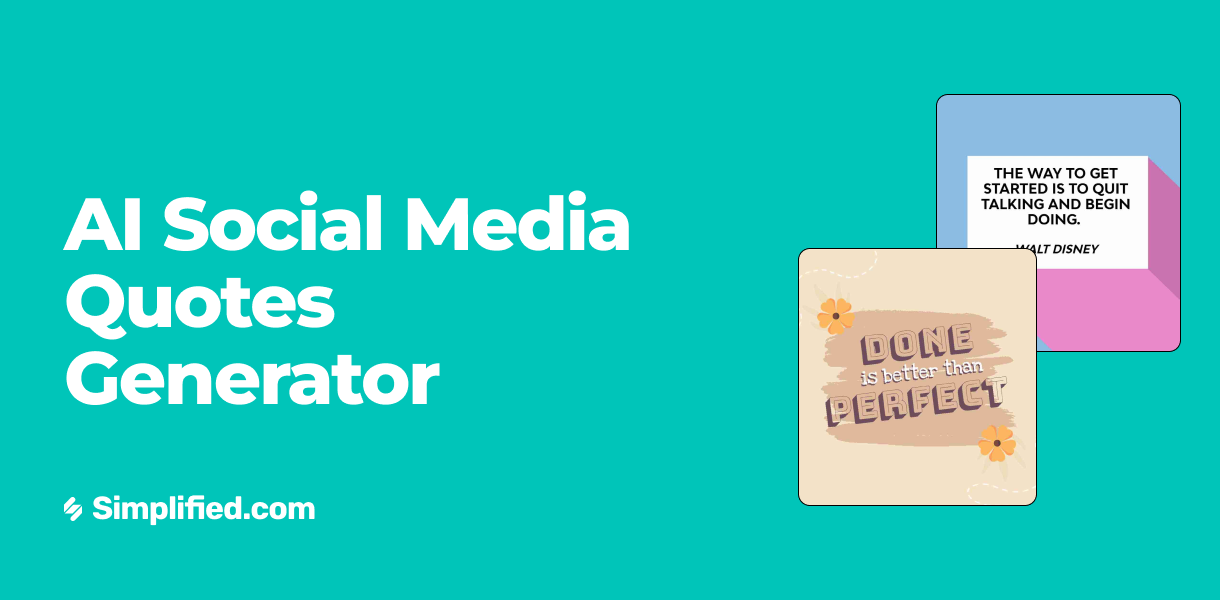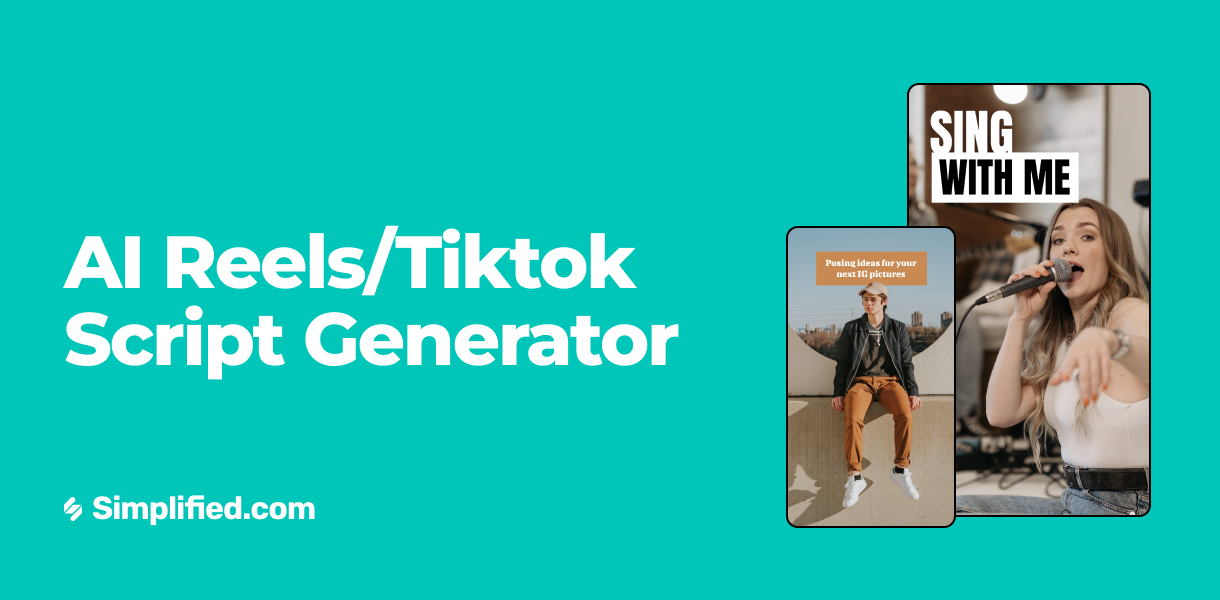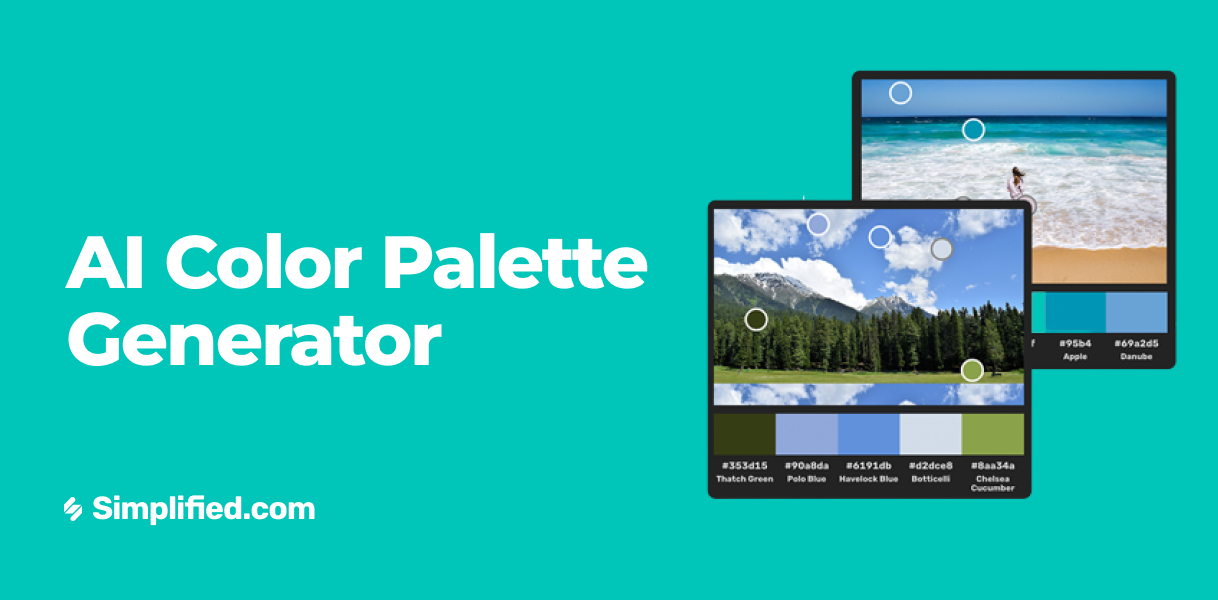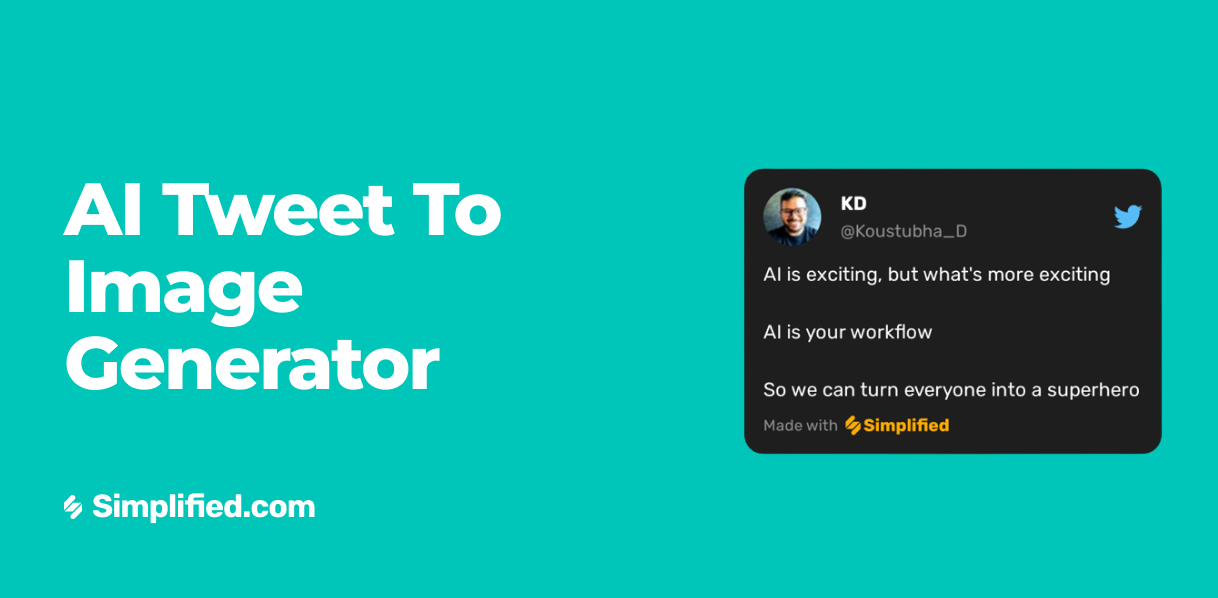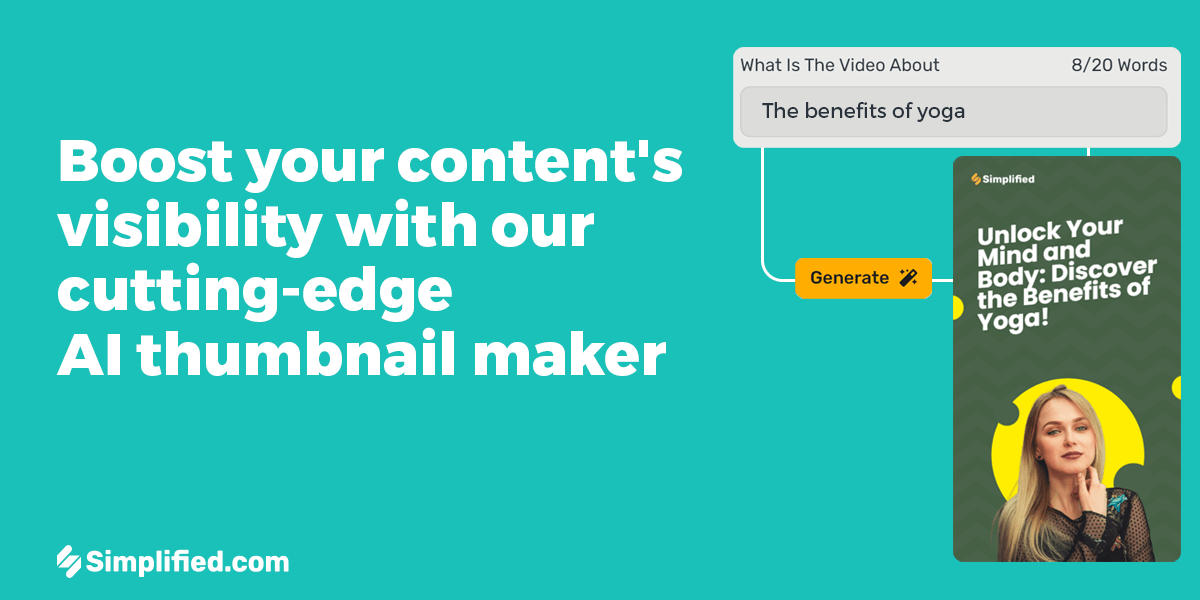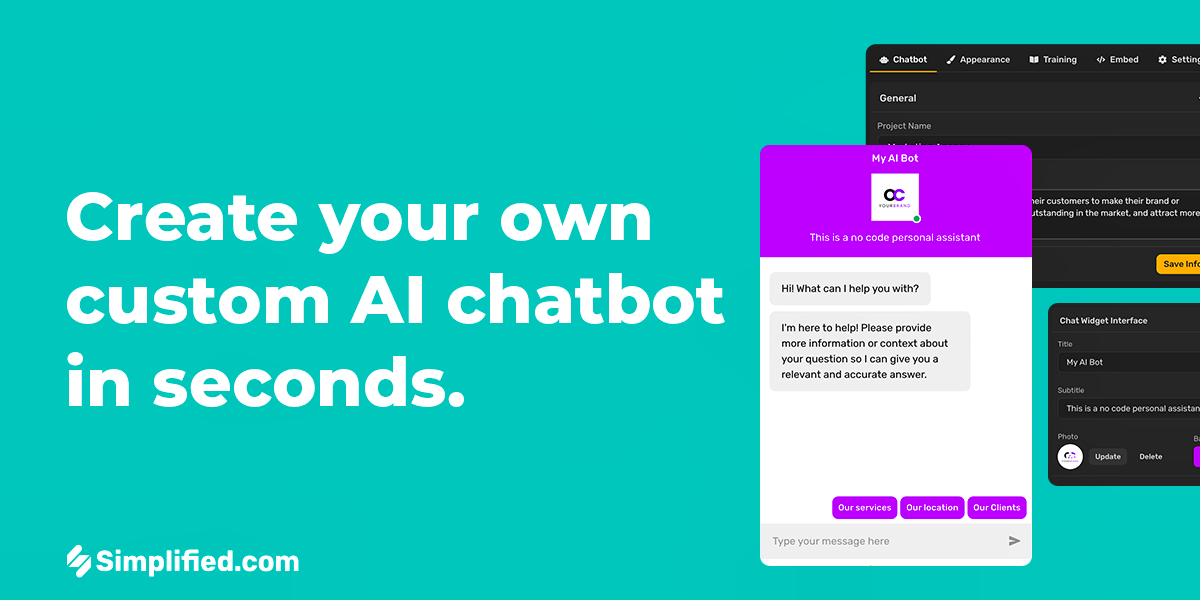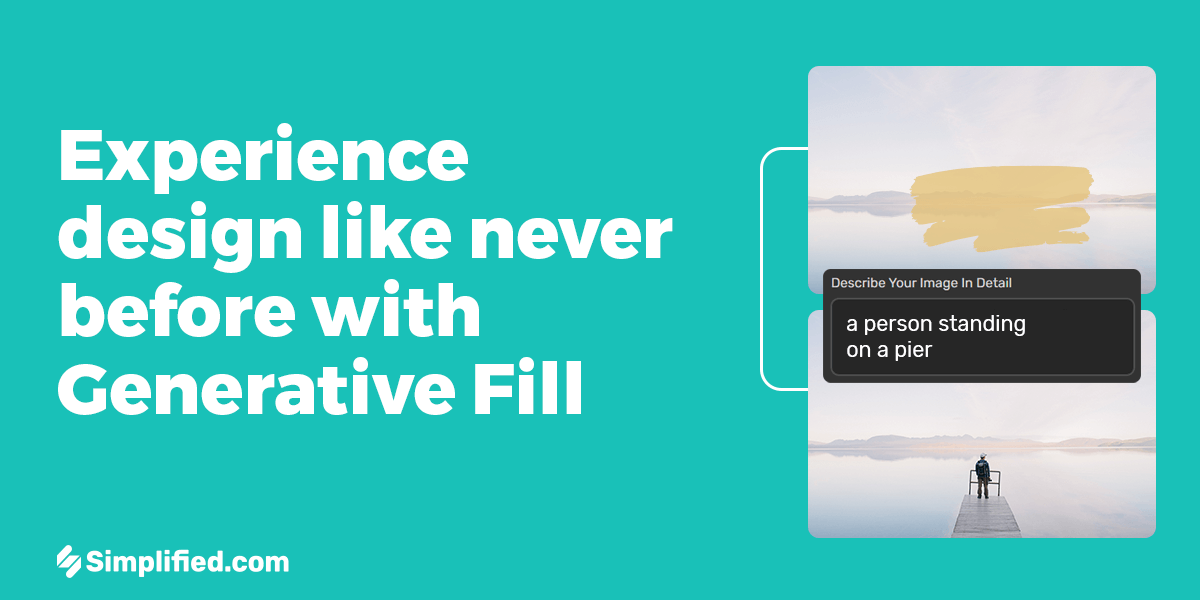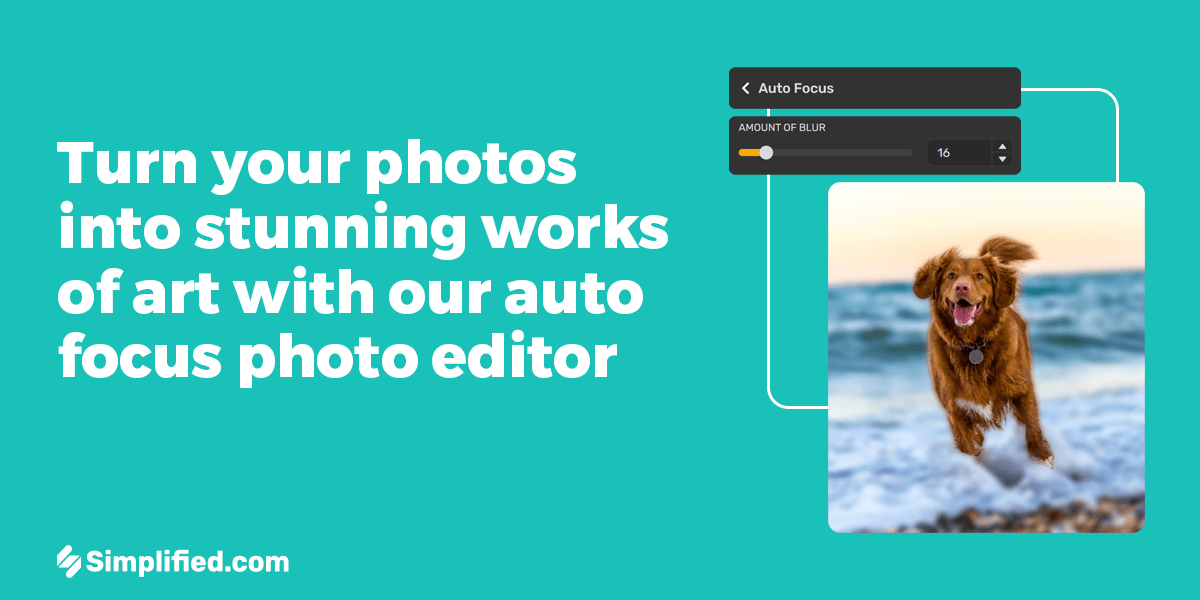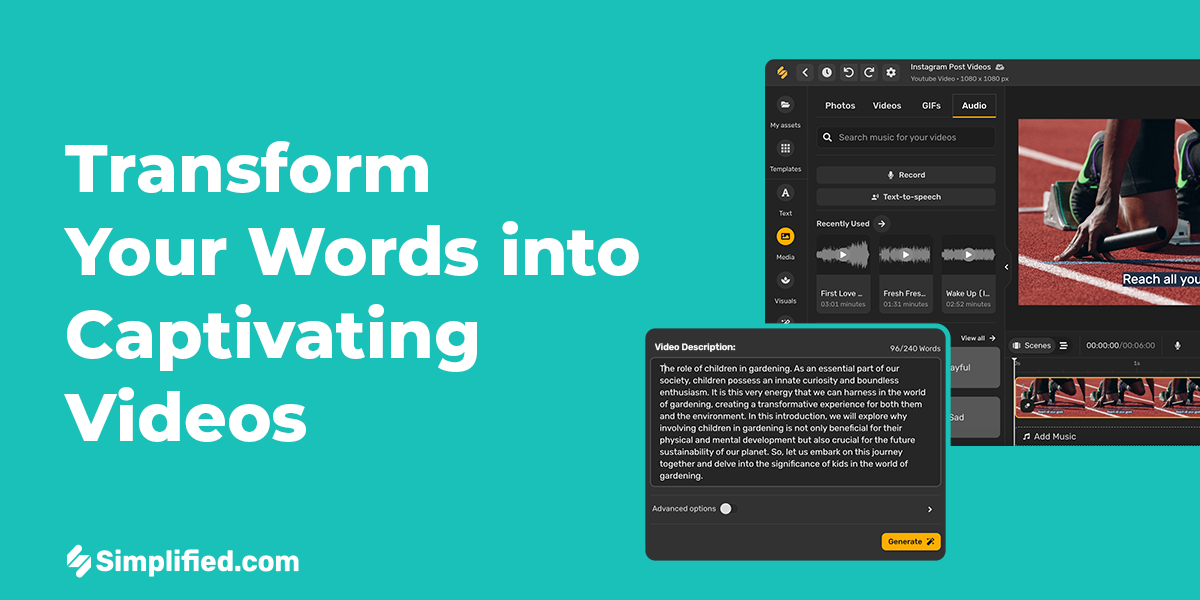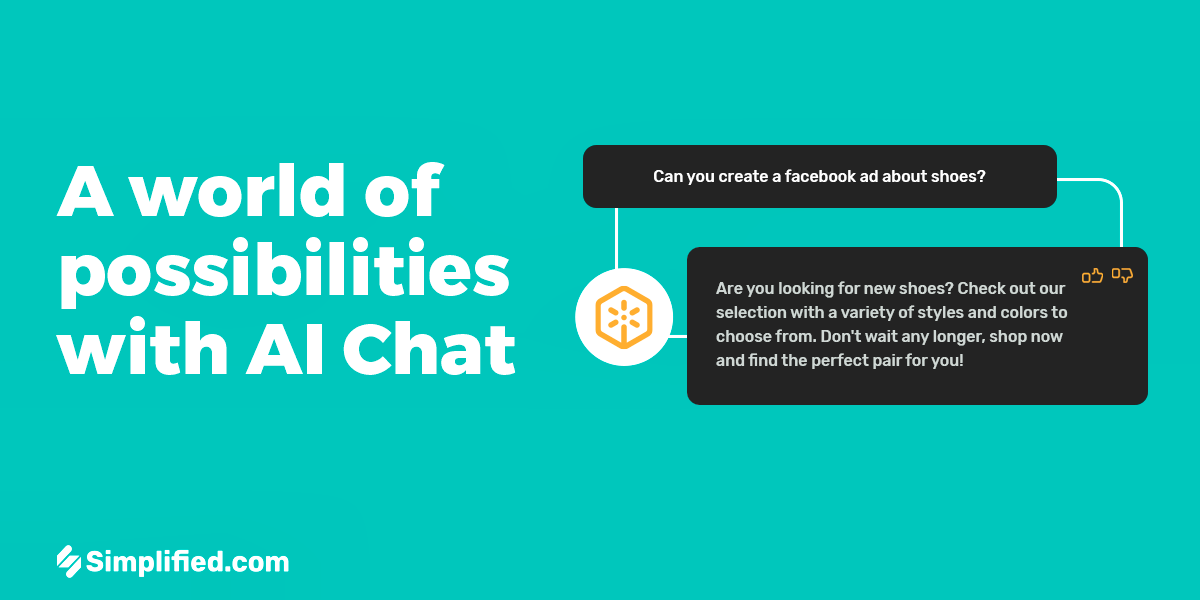Understanding QR Code Generators: Your Gateway to Quick Information Access
QR codes, or Quick Response codes, are two-dimensional barcodes that can be scanned using smartphones or QR code readers. They provide a fast and efficient way to convey information, direct users to websites, or share contact details. As technology continues to evolve, QR codes have become essential tools in marketing, business, and everyday life.
Introduction to QR Code Technology
QR codes were developed in 1994 by Denso Wave, a subsidiary of Toyota, primarily for tracking automotive parts. Unlike traditional barcodes that store limited information, QR codes can encode a significant amount of data, including URLs, text, and contact information. This versatility has led to their widespread adoption in various industries, from retail to healthcare.
Brief History of QR Codes
- 1994: The invention of QR codes by Denso Wave, initially designed for tracking inventory.
- 2000s: QR codes gain popularity in Japan, primarily in advertising and marketing.
- 2010: The rise of smartphones with built-in cameras makes QR codes more accessible to the general public.
- 2020: The COVID-19 pandemic further accelerates the use of QR codes for contactless payments and information sharing.
Overview of QR Code Generator Tool
A QR Code Generator is a user-friendly tool that allows individuals and businesses to create customized QR codes easily. Here are some key features and benefits:
- Customization: Users can design QR codes with colors, logos, and shapes to match their branding.
- Versatility: Generate codes for various purposes, including URLs, text, contact cards, and Wi-Fi access.
- Analytics: Some QR code generators offer tracking features to analyze how many times the code has been scanned.
- Ease of Use: Most QR code generators are straightforward, requiring minimal technical knowledge.
In conclusion, QR codes and their generators have revolutionized the way we share and access information. With their growing importance in the digital landscape, understanding how to create and utilize QR codes effectively can enhance your marketing strategies and improve user engagement.
For further reading, you might find these resources helpful:
Understanding QR Code Generators: A Comprehensive Guide
QR codes, or Quick Response codes, have gained immense popularity as a tool for bridging the gap between the physical and digital worlds. To fully utilize this technology, understanding QR code generators is essential. In this section, we will explore what a QR code generator is, how it works, and the structure behind a QR code.
What is a QR Code Generator?
A QR code generator is an online tool or software that creates QR codes from various types of data. This can include URLs, text, contact information, and more. Users can input their desired data into the generator, which then produces a scannable QR code. QR code generators come in various forms, including free online services, mobile applications, and integrated features in design software.
How It Works
The process of generating a QR code involves a few simple steps:
- Input Data: Users enter the information they want to encode, such as a website link or text.
- Select Options: Some generators allow users to customize their QR code's appearance, including colors, shapes, and logos.
- Generate Code: After inputting the data and customizing the design, the generator creates the QR code.
- Download and Use: Users can download the generated QR code in various formats (PNG, SVG, etc.) for printing or digital use.
Understanding QR Code Structure
A QR code consists of several components that work together to store and convey information. Here’s a breakdown of its structure:
- Position Markers: The three large squares in the corners help scanners identify the QR code's orientation.
- Timing Patterns: The alternating black and white modules between the position markers help the scanner determine the code's size.
- Data Modules: These are the smaller squares that hold the actual data encoded in the QR code.
- Quiet Zone: The blank space surrounding the QR code ensures that it can be scanned easily without interference.
In conclusion, QR code generators are powerful tools that simplify the process of creating QR codes for various applications. Whether for marketing, sharing contact details, or linking to online content, understanding how these generators work and the structure of QR codes is fundamental for effective usage.
Primary Benefits
Understanding the primary benefits of utilizing Simplified AI can significantly impact your marketing approach and overall business strategy. Here are the key advantages:
- Enhances Marketing Strategies: Simplified AI enables users to create high-quality content quickly and consistently, which is essential for effective marketing. By automating content creation, businesses can focus on strategic initiatives rather than getting bogged down in the details. For instance, with tools like the AI Writer for SEO Copywriting, marketers can generate optimized content that resonates with their audience, improving their online visibility.
- Simplifies Information Sharing: Sharing information across various platforms can often be cumbersome. Simplified AI addresses this challenge by allowing users to manage and distribute content effectively. With features like social media scheduling, teams can ensure that their messages are consistent and reach their audience at the right times without manual effort.
- Improves User Engagement and Tracking: Engaging with your audience is crucial for any marketing strategy. Simplified AI provides tools to track user engagement metrics, helping businesses understand what content works best. By utilizing analytics features, marketers can adjust their strategies based on real-time feedback, leading to better outcomes and more informed decisions.
In summary, adopting Simplified AI can lead to a more efficient marketing process, allowing businesses to focus on growth and innovation while enhancing their overall strategy. For more insights, consider exploring specific tools like the AI Design Toolkit, which empowers designers to create and manage content effortlessly, or the Social Media Management Solutions that simplify the engagement process.
Why Use a QR Code Generator
QR codes have become an integral part of modern marketing and communication strategies. They offer a versatile tool for businesses and individuals alike, allowing for quick access to information through a simple scan. Here are several compelling reasons to utilize a QR code generator:
- Customizable to Fit Brand Needs: QR codes can be tailored to align with your brand’s visual identity. This includes customizing colors, shapes, and even incorporating logos within the QR code design. A unique QR code can enhance brand recognition and create a cohesive look across your marketing materials.
- Increases Accessibility of Information: QR codes bridge the gap between the physical and digital worlds. By placing a QR code on flyers, business cards, or product packaging, you can provide direct access to websites, videos, and other online resources. This instant access can improve user experience and engagement, as customers can quickly find the information they need without having to search manually.
- Supports Various Types of Data Encoding: QR codes are not limited to just URLs. They can encode a variety of data types, such as contact information (vCards), text, Wi-Fi credentials, and event details. This versatility makes them an effective tool for multiple applications, from networking to marketing campaigns.
Incorporating QR codes into your marketing strategy can significantly enhance customer interaction and brand visibility. Whether you want to promote a product, share contact information, or provide access to online content, a QR code generator can help you achieve your goals efficiently.
For more insights on utilizing digital tools effectively, consider exploring Simplified AI for Designers which offers various features to enhance creativity and streamline your design workflow.
Key Features to Look For
When selecting a design tool or platform, it’s essential to consider features that will enhance your workflow and meet your specific needs. Here are some key features to look for:
- Customizable Design Options: A robust design tool should offer a variety of customizable templates and design elements. This flexibility allows you to tailor your projects to fit your brand's identity and style. Look for tools that provide drag-and-drop functionality, enabling you to easily modify layouts, colors, and fonts.
- Support for Different Data Types: A versatile design platform should accommodate various data types, such as URLs, contacts, and images. This feature is crucial for integrating your design work with other marketing efforts. For instance, if you’re creating a social media post, the ability to link directly to your website or include contact information can enhance user engagement.
- Analytics and Tracking Capabilities: Understanding how your designs perform is vital for improving future campaigns. Look for platforms that offer built-in analytics tools that allow you to track engagement metrics, user interaction, and conversion rates. This data will help you make informed decisions about your design strategies and optimize your content for better results.
Choosing the right features can significantly impact your design process and overall effectiveness in reaching your audience. By focusing on customizable options, support for diverse data types, and robust analytics, you can create impactful designs that resonate with your target market.
To learn more about how these features can benefit your design workflow, explore our AI-powered design tools that are designed to simplify and enhance your creative process.
How to Use QR Code Generator Effectively
QR codes are an excellent tool for connecting the physical and digital worlds. They can be used for marketing, information sharing, and enhancing customer engagement. To make the most out of a QR code generator, follow these steps:
Steps to Create a QR Code
- Select a QR Code Generator: Choose a reputable QR code generator that meets your needs. Some popular options include QR Code Generator, GoQR, and QRStuff.
- Choose the QR Code Type: Decide what type of QR code you want to create based on its intended use. Options include URL links, text, email, SMS, or contact information.
- Input Your Data: Enter the information you want to encode, such as a URL or text message.
- Customize Your QR Code: Many generators offer customization options, like colors, logos, and shapes. Tailor the QR code to align with your branding.
- Generate the QR Code: Click on the generate button to create your QR code.
- Download and Save: Download the QR code in your preferred format (PNG, JPEG, SVG) and save it for use.
Tips for Optimal Design and Usability
- Keep It Simple: Ensure the QR code is not overly complex, as this can hinder scanning.
- Choose High Contrast Colors: Use high-contrast colors to make your QR code easily scannable. Dark codes on a light background work best.
- Size Matters: Make sure your QR code is large enough to be scanned easily from a reasonable distance.
- Test Before Use: Always test your QR code with multiple devices to ensure it scans correctly.
- Include a Call to Action: Encourage users to scan the code by including a clear call to action near it.
Testing and Deployment Strategies
Before deploying your QR code, it's crucial to test it thoroughly. Here's how:
- Scan with Multiple Devices: Test the code with different smartphones and QR code scanning apps to ensure compatibility.
- Check the URL: If your code links to a website, make sure the link is functional and leads to the intended page.
- Monitor Performance: Use analytics tools to track how often the QR code is scanned. This data can help you refine your marketing strategies.
- Deploy Strategically: Place QR codes where your audience is likely to see them, such as in print materials, signage, or product packaging.
By following these guidelines, you can effectively utilize a QR code generator to enhance your marketing efforts and improve user engagement.
Leverage Brand Knowledge with QR Codes
In today's digital landscape, integrating QR codes into your marketing strategy can significantly enhance brand awareness and customer engagement. By aligning QR codes with your brand knowledge, you can create a more cohesive and interactive experience for your audience. Here’s how you can effectively utilize QR codes within your branding efforts.
1. Adapting QR Codes to Align with Brand Aesthetics
To ensure that QR codes fit seamlessly within your marketing materials, consider the following strategies:
- Custom Design: Modify the shape, color, and logo within the QR code to reflect your brand's identity. Tools like Simplified can assist in creating visually appealing QR codes.
- Consistent Branding: Always use your brand colors and fonts when designing QR code promotional materials to create a unified look across all platforms.
- Placement: Strategically place QR codes where they naturally fit within your designs, ensuring they are easy to scan and visually integrated.
2. Enhancing Brand Experience through Interactive QR Codes
Interactive QR codes can significantly enhance the user experience by providing instant access to exclusive content. Here are some ideas:
- Exclusive Offers: Use QR codes to provide access to special discounts or promotions, making customers feel valued.
- Engaging Content: Link QR codes to interactive videos, surveys, or games that encourage customer participation and engagement.
- Feedback Collection: Utilize QR codes to direct customers to feedback forms, allowing you to gather valuable insights and improve your services.
3. Case Studies of Successful QR Code Campaigns
Learning from successful campaigns can provide insights into best practices. Here are a few notable examples:
- A Retail Brand: A well-known fashion retailer integrated QR codes into their in-store displays, leading to a 30% increase in online engagement as customers scanned codes for styling tips and exclusive online content.
- A Food Brand: A popular food brand used QR codes on their packaging that linked to recipes, resulting in a significant increase in product sales and brand loyalty.
- An Event: For a music festival, organizers used QR codes on tickets that linked to artist profiles and schedules, enhancing the overall experience and providing instant access to information.
Incorporating QR codes into your marketing strategy not only amplifies your brand presence but also engages your audience in meaningful ways. By adapting QR codes to fit your brand aesthetics, enhancing experiences through interactivity, and learning from successful case studies, you can create a robust branding strategy that resonates with your target audience.
Traditional Way Vs New Way: A Shift in Information Sharing
In today's fast-paced digital world, the way we share information has undergone significant transformation. The traditional methods of sharing, such as printed materials or lengthy URLs, are increasingly being replaced by modern solutions like QR codes. This section explores the differences between these old methods and the new approaches, focusing on efficiency, effectiveness, and cost savings.
Old Methods of Sharing Information vs QR Codes
Traditionally, sharing information often required physical materials or manual input, which could be cumbersome and time-consuming. For example:
- Printed Brochures: Businesses would create and distribute printed brochures, which not only required design and printing costs but also took time to distribute.
- Business Cards: While effective, sharing a business card requires the recipient to manually enter details into their devices.
- Long URLs: Sharing lengthy website links can lead to user errors when typing them into a browser, often resulting in frustration.
In contrast, QR codes provide a quick and efficient way to share information. By simply scanning a code with a smartphone, users can instantly access websites, download apps, or receive promotional offers. This method enhances user experience and reduces the potential for errors.
Efficiency and Effectiveness Comparison
When comparing the efficiency and effectiveness of traditional methods and QR codes, several factors come into play:
- Speed: QR codes allow for immediate access to information, while traditional methods often require more steps.
- User Engagement: QR codes can link to interactive content, such as videos or surveys, fostering greater user engagement compared to static printed materials.
- Tracking: QR codes can be tracked for performance, allowing businesses to measure engagement rates and optimize their strategies accordingly.
Cost and Resource Savings
Adopting QR codes can lead to substantial cost and resource savings for businesses:
- Reduced Printing Costs: By minimizing the need for printed materials, businesses can save on design, printing, and distribution expenses.
- Time Efficiency: QR codes streamline the process of sharing information, saving time for both businesses and customers.
- Flexibility: QR codes can be updated easily without the need for new prints, allowing for real-time changes to content and promotions.
In conclusion, the shift from traditional methods of sharing information to the use of QR codes exemplifies a modern approach that emphasizes efficiency, effectiveness, and cost savings. As businesses continue to adapt to new technologies, integrating QR codes into their marketing strategies can enhance customer interactions and streamline operations.
Real-World Examples and Use Cases of QR Codes
QR codes have become an integral part of modern marketing and event management strategies. Their versatility allows businesses to engage with consumers in innovative ways. Below are some real-world applications of QR codes across various sectors:
- QR Codes in Event Management: QR codes simplify the check-in process at events. Attendees can present their QR codes on smartphones for quick scanning, reducing wait times and improving the overall experience. For instance, music festivals often utilize QR codes for ticketing, enabling seamless entry and easy access to event schedules.
- Marketing Campaigns Utilizing QR Codes: Brands are increasingly using QR codes in their marketing campaigns to direct consumers to online content. For example, a soft drink company might place QR codes on beverage cans, linking to promotional videos or exclusive discounts. This strategy not only enhances customer engagement but also provides valuable data on consumer interactions.
- Retail and E-commerce Applications: Retailers employ QR codes for various purposes, including product information, loyalty programs, and contactless payments. For instance, a clothing store might feature QR codes on price tags, allowing customers to access additional product details, reviews, and styling tips. In e-commerce, QR codes can streamline the shopping process by directing customers to product pages or facilitating easy payment methods.
In summary, the implementation of QR codes across different industries showcases their effectiveness in enhancing user experience, driving engagement, and facilitating transactions. As businesses continue to explore creative uses for QR codes, their role in marketing and event management will likely expand further.
Best Practices and Relevant AI Tools for QR Code Management
QR codes have become an integral part of modern marketing and communication strategies. To maximize their effectiveness, it’s essential to follow best practices and utilize relevant AI tools. This section will discuss key practices for ensuring QR code readability, how to incorporate AI for enhanced functionality, and the importance of maintaining privacy and security.
Ensuring QR Code Readability
Readability is crucial for the success of QR codes. Here are some best practices to ensure your QR codes are easily scannable:
- Contrast and Color: Use high contrast colors between the QR code and its background. Dark codes on light backgrounds are typically the most readable.
- Size Matters: Ensure your QR code is large enough to be scanned easily. A size of at least 1 inch by 1 inch is recommended.
- Clear Space: Leave adequate white space around the QR code to improve scanning chances. Avoid placing other elements too close.
- Test Before Use: Always test your QR code with multiple devices before deploying it to ensure it works as intended.
Incorporating AI for Enhanced QR Code Functionality
Artificial Intelligence can significantly enhance the functionality of QR codes. Here are a few ways to incorporate AI:
- Dynamic QR Codes: Use AI to create dynamic QR codes that can be updated with new information without changing the original code.
- Analytics and Insights: Leverage AI tools to track engagement metrics, such as scan rates and user demographics, allowing for data-driven marketing strategies.
- Personalization: AI can help generate personalized QR code experiences based on user behavior and preferences, increasing engagement.
Maintaining Privacy and Security
As QR codes become more prevalent, ensuring user privacy and security is paramount. Here are essential practices to consider:
- Data Encryption: Implement encryption techniques for sensitive information linked to QR codes to protect user data.
- Transparent Usage: Clearly disclose how user data will be used when they scan your QR code. Transparency builds trust.
- Secure Hosting: Use secure servers to host the content linked to the QR codes, minimizing the risk of data breaches.
By following these best practices and utilizing relevant AI tools, businesses can effectively harness the power of QR codes while ensuring they remain user-friendly and secure.
For further information, you may explore additional resources on AI tools for design and SEO copywriting strategies.
More Tools to Explore from Simplified
- AI Social Media Content Generator Craft engaging posts for various social media platforms with tailored content that resonates with your audience.
- AI Email Generator Create professional and personalized emails quickly for marketing, outreach, or customer service.
- AI Ad Copy Generator Develop compelling ad copy for different advertising channels to attract and convert potential customers.
- AI Video Content Generator Generate video content scripts effortlessly to enhance your video marketing strategies.
Blog Links from Simplified
- How AI is Shaping Content Creation Explore the impact of AI on content creation and how it can benefit your content strategy.
- SEO Copywriting Tips for Better Rankings Learn effective SEO copywriting techniques to improve your search engine rankings.
- Effective Social Media Strategies Discover proven strategies to enhance your social media presence and engagement.
- Best Practices in Email Marketing Understand the best practices for crafting successful email marketing campaigns.











.webp)
